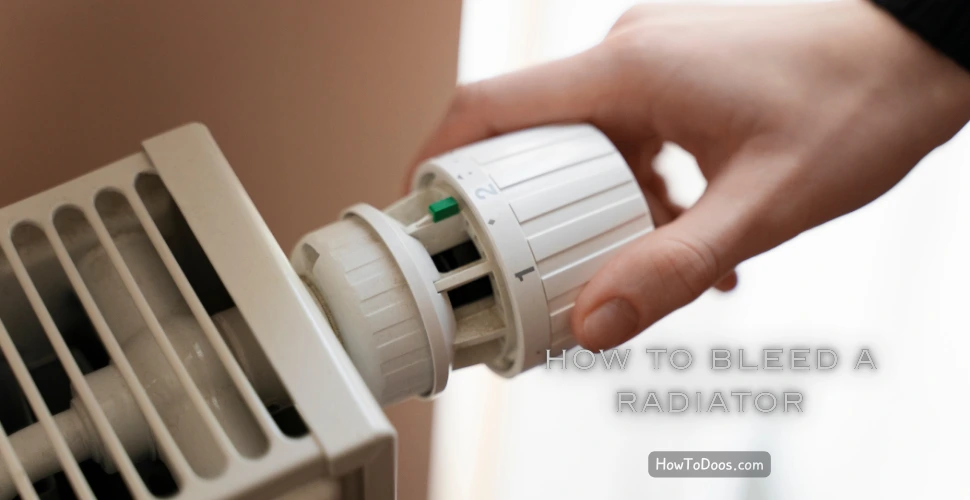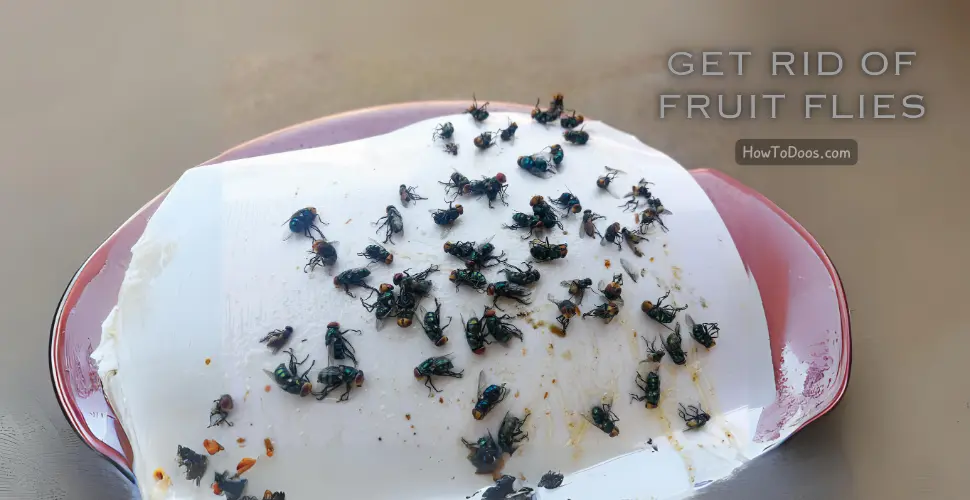How to Bleed a Radiator – A Step-by-Step Guide
-
 Emily Carter
Emily Carter - 15 Sep, 2024

Bleeding a radiator is a simple home maintenance task that ensures your heating system runs efficiently. When air gets trapped inside your radiator, it can create cold spots, preventing it from heating up properly. This guide will walk you through the process of bleeding a radiator to get it back in full working order.
Why Bleed a Radiator?
Over time, air can become trapped inside your radiator, disrupting the flow of hot water. When this happens, the radiator may not heat up evenly, leaving parts of it cold. Bleeding the radiator releases this trapped air, allowing hot water to circulate freely and improving the overall efficiency of your heating system.
Signs Your Radiator Needs Bleeding:
- The top of the radiator is cold, while the bottom is warm.
- The radiator makes gurgling or hissing noises.
- Your heating system takes longer to warm up.
- The radiator isn’t heating up at all, even though the boiler is working.
Tools You’ll Need
Before starting, gather the following tools:
- Radiator key (available at most hardware stores) or a flathead screwdriver (for modern radiators).
- Towel or cloth to catch any water that escapes.
- Bowl or container to catch excess water.
Step-by-Step Guide to Bleeding a Radiator
Step 1: Turn On the Heating
First, turn on your central heating system and allow all radiators in your home to heat up fully. This helps you identify which radiators need bleeding by feeling for cold spots.
Step 2: Turn Off the Heating
Once you’ve identified the radiator that needs bleeding, turn off the heating. It’s essential to turn off the system before bleeding to avoid any risk of burning yourself with hot water.
Step 3: Locate the Bleed Valve
On the side of the radiator, near the top, you’ll find the bleed valve. This valve typically looks like a small square or flathead screw.
Step 4: Place a Towel and Container
Position a towel or cloth underneath the bleed valve to catch any drips, and hold a bowl or container directly under the valve to collect any water that escapes.
Step 5: Insert the Radiator Key
Insert the radiator key or a flathead screwdriver into the valve. Turn it counterclockwise (to the left) slowly. As you do this, you’ll hear a hissing sound, which indicates that the trapped air is being released.
Step 6: Wait for Water to Escape
Keep the valve open until water starts to escape in a steady stream. At this point, all the trapped air has been released, and you can close the valve by turning the key clockwise (to the right).
Step 7: Check the Pressure
Once you’ve bled the radiator, it’s essential to check the pressure in your boiler. Bleeding the radiators can sometimes cause a drop in pressure. If the pressure is too low, you may need to top it up by adding more water to the system using the filling loop on your boiler.
Step 8: Turn the Heating Back On
Turn your heating system back on and allow the radiator to heat up again. Check if the radiator is now warm throughout. If not, repeat the process.
Common Mistakes to Avoid
- Forgetting to turn off the heating: Always turn off the heating before bleeding radiators to avoid burns from hot water.
- Turning the valve too quickly: Opening the bleed valve too quickly can cause water to spray out, so turn it slowly.
- Ignoring the boiler pressure: After bleeding the radiator, always check your boiler pressure to ensure it’s within the recommended range.
How Often Should You Bleed Your Radiators?
It’s good practice to bleed your radiators at least once a year, particularly at the beginning of the heating season. If your radiators frequently need bleeding, it may be a sign of a more significant issue with your heating system that requires professional attention.
Conclusion
Bleeding a radiator is a straightforward task that can dramatically improve the efficiency of your heating system. By following these steps, you can ensure your home stays warm and cozy throughout the colder months. If you notice persistent issues with your radiators, it might be time to consult a professional for further maintenance.


